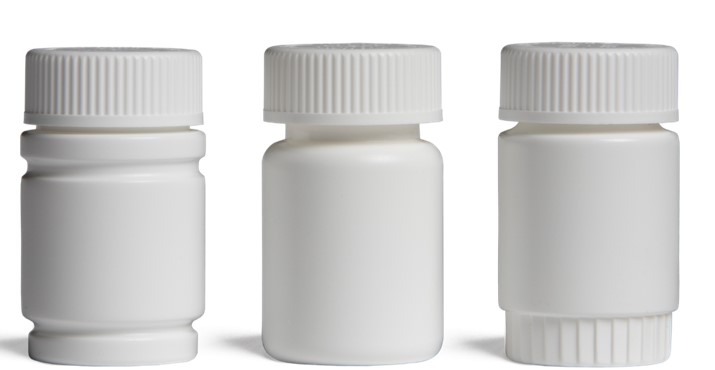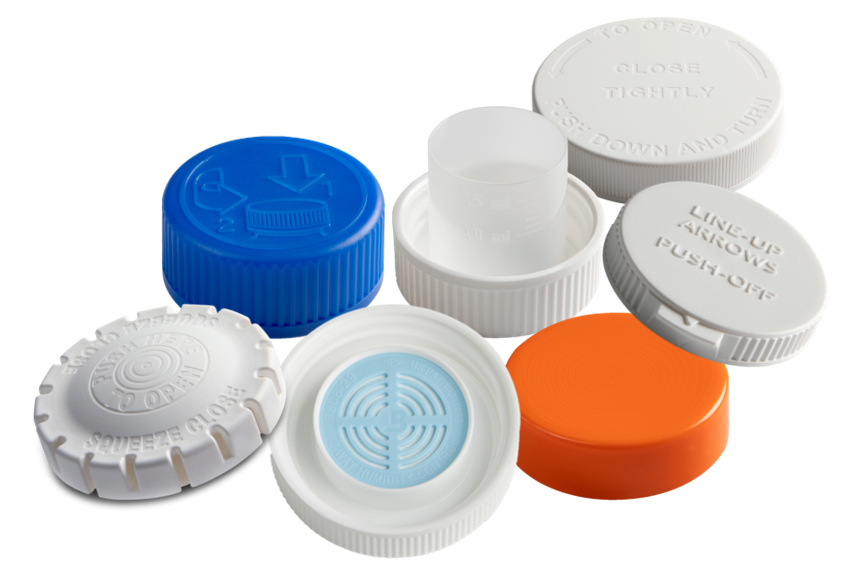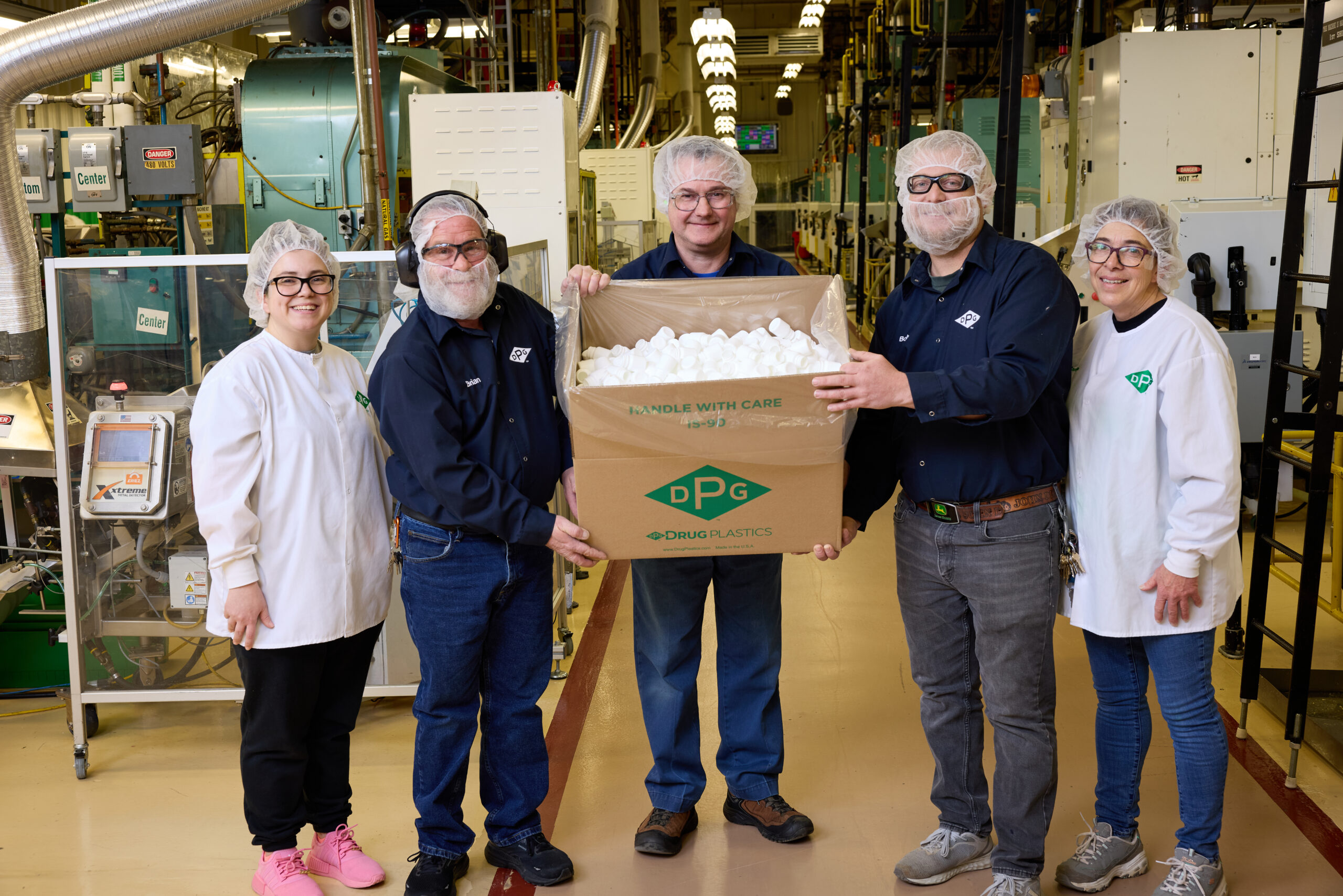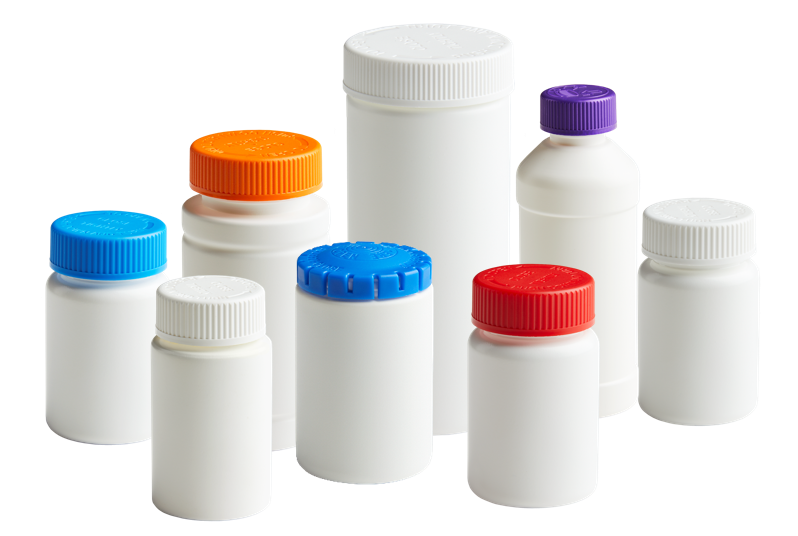Flame treatment is a process used in plastic bottle manufacturing to allow certain labels to adhere more securely to the bottle. But have you ever noticed that some labels on plastic bottles are difficult to take off? Some labels leave a residue on the bottle, while others are very easy to remove and peel off cleanly. Maybe you have a printed plastic bottle that still looks great after many years of use, but have other bottles that lost their printing after several washes.
Label adhesives and printing inks typically work best and last longer when they are applied to surfaces that have high surface energy. Both of these examples of label weakness and peeling off over time could be due to poor adhesion resulting from the inherent low surface energy of most plastics. Flame treatment plays an important role in this process. However, flame treatment of plastic bottles decreases sustainability because the process uses natural gas.
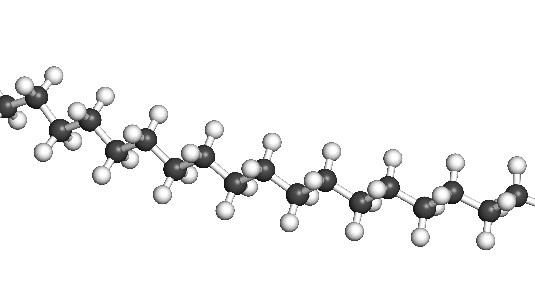
Plastics, such as polyethylene and polypropylene, are polymers. Polymers are materials made of long chain molecules composed of smaller repeating units. Polyethylene contains repeating units of carbon-based ethylene molecules. Polypropylene contains repeating units of carbon-based propylene molecules. These long chain molecules are arranged in formations that give plastics many of the qualities that make it so versatile. Qualities such as flexibility, malleability, and strength result from plastic’s chemical structure.
Low Surface Energy (LSE) vs High Surface Energy (HSE)
Polymer plastics commonly have low surface energy (LSE). When a material has LSE, there is a weak molecular attraction and it has difficulty bonding to other substances. Low surface energy plastics are hydrophobic, meaning they tend to repel water-based substances. When a material has a high surface energy (HSE), this means the surface of the material has a strong molecular attraction, making it easier to bond with other substances. High surface energy plastics are hydrophilic, meaning they attract water-based substances.
Using a water test or blue marker test quickly allows the surface energy to be visually qualified as low or high. When using water to test surface energy, water will form spherical beads and roll away, similar to what is seen on a freshly waxed car. On surfaces that have high surface energy, the water “wets” the surface, covering it with a thin film of flat water.
Using a permanent blue marker enables this phenomenon to be seen more easily. On low surface energy plastics, the blue marker line will quickly bead up and lose its integrity. However, the blue marker line will remain intact on high surface energy plastics. Surface energy, expressed in dynes, can also be precisely measured quantitatively through several testing methods.
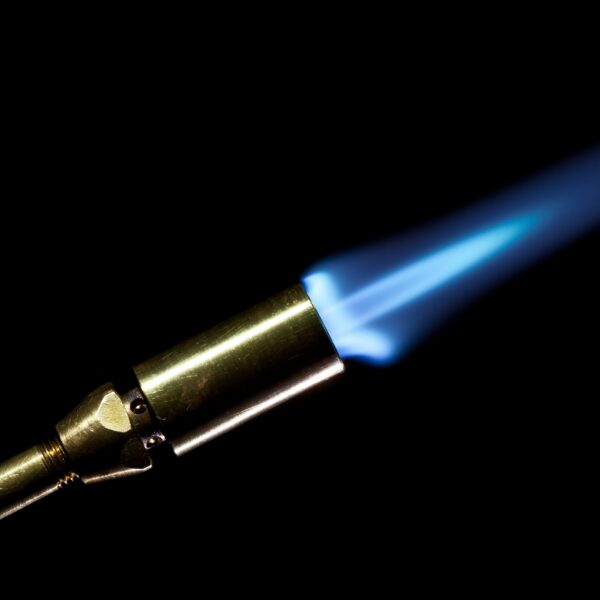
Flame Treatment for Plastic Bottles
Historically, the flame treatment process for plastic bottle manufacturing is used so that water-based adhesive labels and silk screening can adhere better to HDPE, LDPE, and PP bottles. Flame treatment must be performed with a flame; a heat gun does not work. Typical flame treatment of a plastic surface involves a propane or natural gas flame that just touches the surface and moves across the bottle for full coverage.
When done properly, flame treatment changes the molecular structure of the plastic surface without any visible discoloration or charring. This process oxidizes the upper layer of the plastic surface, causing it to become more hydrophilic, increases surface energy, and improves adhesion.
Sustainability is a Major Concern
While flame treatment increases label adhesion, it utilizes fossil fuels which presents a sustainability concern. The carbon footprint to produce a plastic bottle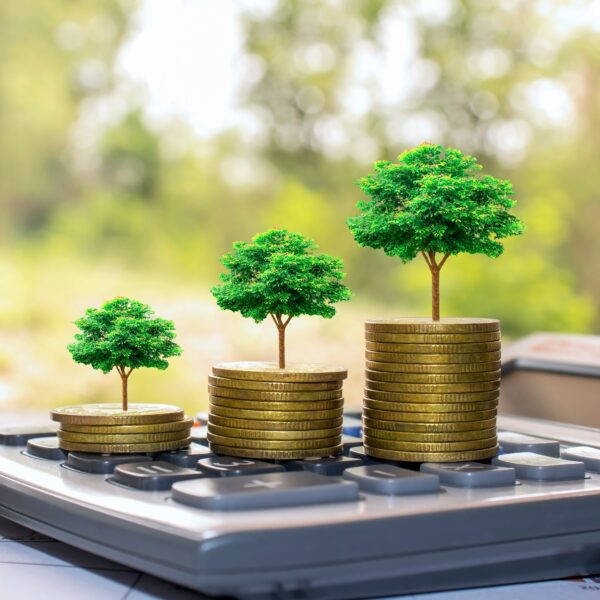 increases when flaming is used.
increases when flaming is used.
For example, let’s look at a pharmaceutical company interested in ordering 10,000,000 plastic aspirin bottles. Choosing not to flame treat the bottles saves 5.9 metric tons of carbon dioxide. That’s the same as 13.7 barrels of oil, 663.9 gallons of gasoline, or 241.2 BBQ grill propane tanks. Choosing not to flame treat the bottles significantly contributes to minimizing greenhouse gasses. We invite you to explore our Flaming Elimination Calculator to find out how much you can save on your next bottle order.
Is Flaming Really Needed?
Drug Plastics recently did a study to gain additional insight into the effectiveness of flame treatment. We selected 40cc, 250cc, and 750cc size round HDPE bottles with child resistant closures for the study. Each size bottle was manufactured with both flame treated and un-flamed surfaces.
Six different adhesive labels were selected. Label materials and bottles were conditioned at 73°F and 50% RH for a minimum of 72 hours prior to label application. Labels were applied to bottles and allowed to cure for 7 days at 73°F and 50% RH. To ensure a consistent peeling angle, a hole was drilled through the center of each bottle and cap after the labels were applied. The bottles were then placed on a spindle through these holes, allowing for unhindered rotation of the bottle.
A peel adhesion test was conducted in accordance with applicable sections of ASTM F903, Peel or Stripping Strength of Adhesive Bonds, modified. Peels were conducted at a 90° angle from the surface of the bottle. Five (5) label specimens from each material were tested against each combination of bottle size and finish. A Lloyd Materials Tester was used to perform the test.
Adhesive 1
BEST = No difference between flamed and un-flamed samples.
Adhesives 2, 3, 5, and 6
INTERMEDIATE – 15% to 30% less adhesion on un-flamed samples.
Adhesive 4
WORST = 30% to 50% less adhesion on un-flamed samples.
Next Steps
Test results show there is potential to eliminate flame treatment. We concluded that flame treatment does offer increased adhesion to plastic bottles in most instances; however, there are various label adhesives on the market today that can perform equally or adequately without the need for flame treatment. If sustainability is important to your brand, you may want to explore eliminating the flaming process.*
To learn more about the results of our study, eliminating the flaming process, or ways to help make your plastic packaging more sustainable, call 610-367-5000 to speak with a knowledgeable team member right away.
*We recommend checking with your label provider.
